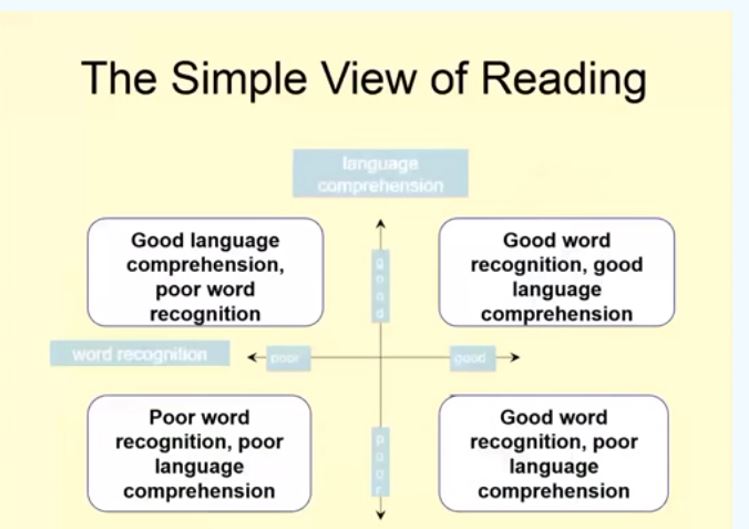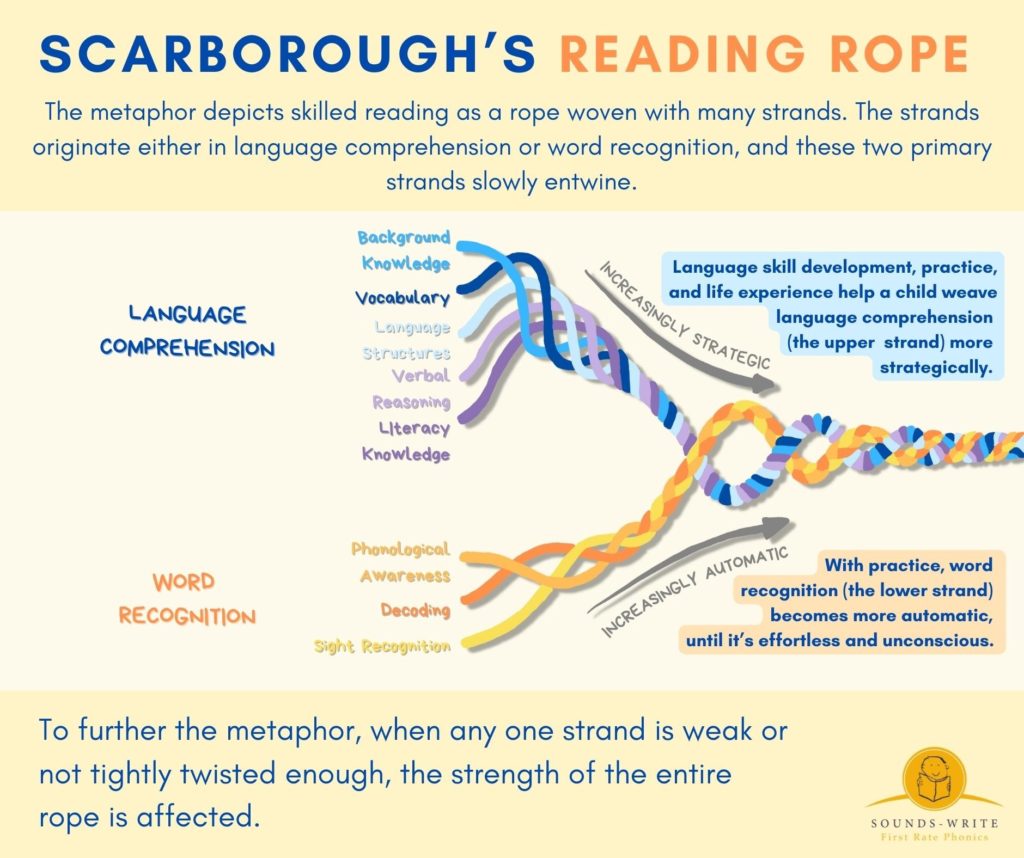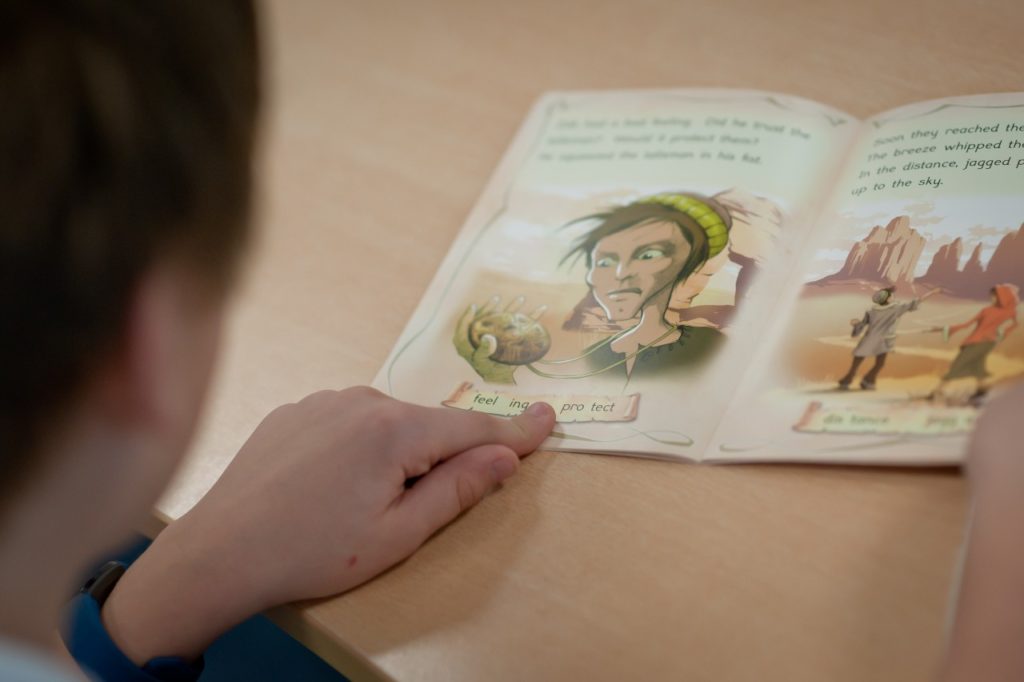When I trained to be a teacher in one of the best universities in London, I learned a great deal about the wonderful world of books, how to select quality picture books and spot racially biased books, and even how to make books by stitching them together by hand. We made book covers using potato printing. It was fun and creative but completely useless when I began to teach my inner city Year 3 class in South London. I had no idea how to help the struggling readers or how to advance the fluent readers.
The one thing I wasn’t taught was HOW TO TEACH READING. I had not heard about the Alphabetic Principle, the Alphabetic Code or the skills necessary for reading. If I were to go back to my teacher training college, I would hope that this would be the first lesson introduced:
What is reading?
Here are two theoretical frameworks that explain learning to read:
1. The Simple View of Reading
This is a very abstract description of how reading entails the ability to decode symbols on the page and to translate them into meaningful words and sentences based on one’s language comprehension. The formula is: Reading = word recognition (decoding) x language comprehension. In other words – reading is the product of word recognition (decoding) and language comprehension. If either skill is lacking, reading development will not thrive.

2. A more detailed theoretical framework is the Scarborough Reading Rope
This lists the specific skills and knowledge that children need to have to learn to read. It shows how these two domains – word recognition and language comprehension – become entwined and support the development of reading fluency and comprehension.

Thank you Sounds-Write for this graphic!
Where does phonics fit in?
Phonics comes under ‘Word Recognition’. It is the skill of linking letters to sounds and blending them into words. Once children can do this at speed they begin to recognise words automatically. So, Phonics enables sight recognition and word recognition, and this enables fluency and comprehension.
Note that no-one claims that reading is only Phonics. Phonics is a small but essential part of learning to read.
#howtoteachreading #whatisphonics #alphabeticcode #teachreading #readingintervention #readingteacher



It’s all making delayed sense now.
I love reading, my reading comprehension never held me back.
I read above my level , always.
It’s more challenging and interesting.
It’s taken 65 yrs to no longer feel shame
or feel l am stupid.
Dsylixia has proven pronunciation of many words is difficult, frustrating and lots of times funny to myself.
The gift of a dsylixic mind is phenomenal,
l naturally have a creative mind that thinks outside the box.
The best is yet to come.?